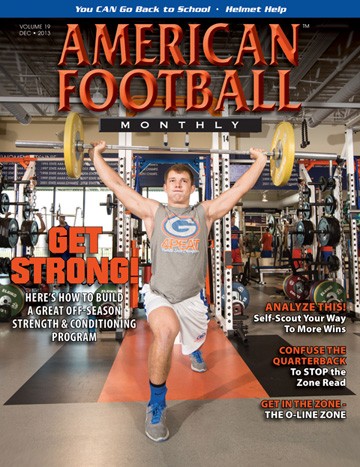Article CategoriesAFM Magazine
|
Strength Report: Wyoming’s Winter Player Development Programby: Trent GreenerStrength and Conditioning Coach University of Wyoming © More from this issue Much like a football game has four quarters, the Wyoming football player development program is broken down into four distinct phases. Winter training, spring football, summer training and the competitive season make up our yearly training calendar. The Wyoming player development program has a structured plan during each of these phases and is built around landmarks found in the student-athletes academic calendar and competition dates. Each phase has very specific goals and intended outcomes. Outside of playing the actual games, our winter program is the most important phase for a few reasons. The winter phase marks the beginning of a new team working toward a new season. January is the first time our new team begins to train and practice together. The winter program is also the first opportunity for new players, returning pl....The full article can only be seen by subscribers.
|
|
|||||||
| HOME |
MAGAZINE |
SUBSCRIBE | ONLINE COLUMNISTS | COACHING VIDEOS |
Copyright 2025, AmericanFootballMonthly.com
All Rights Reserved





